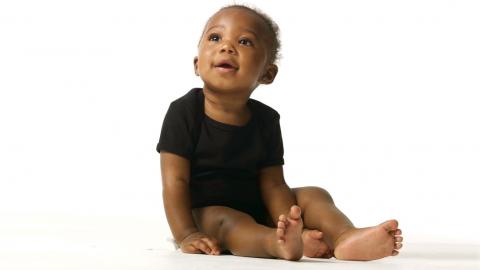Recognizing and dealing with lymph nodes
0 seconds of 0 secondsVolume 90%
Press shift question mark to access a list of keyboard shortcuts
Keyboard Shortcuts
Shortcuts Open/Close/ or ?
Play/PauseSPACE
Increase Volume↑
Decrease Volume↓
Seek Forward→
Seek Backward←
Captions On/Offc
Fullscreen/Exit Fullscreenf
Mute/Unmutem
Decrease Caption Size-
Increase Caption Size+ or =
Seek %0-9
Comment
Pediatrician Alan Greene, MD, shares advice for parents on how to recognize and treat lymph nodes in children and what signs should alert parents to take their child to a doctor
228
Transcription:
One of the most common panicked questions that I get from parents is about a bump that they found somewhere in their child's body that they're concerned might be cancer. Often they are lymph nodes. Lymph nodes are scattered throughout the body as little filters to help destroy bacteria, viruses, foreign invaders, and cancer cells that might be there in the body. They're good things. And when they are working hard, they do swell in size. So lymph nodes and can be a sign the body's working great, or they can be the sign of a problem. So how do you tell? There's a few things to pay attention to. One is their location. If you find lymph nodes in sort of the common spots, like high in the neck. Common, not a problem. if it's right above the collar bone, where you tend not to have swollen lymph nodes, that's more likely to be a problem. Another way you can tell is by their texture. If it's firm and rubbery and mobile, it might be active fighting off an infection. But it's a good active. If it's hard like a rock and irregular and fixed in place, that's not a good sign. Another way you can tell is if there's an associated symptom. If you find a swollen node in someone who's otherwise acting healthy, It's generally a good thing. It's helping keep them healthy. But if they're having fevers or night sweats or weight loss, it's a reason to pay more attention. And lastly size does matter. Anyone that's over a cm in diameter, a little less than half an inch, that's truly enlarged, and should be checked and followed by a physician. But if it's big, but under .4" or under 1 cm, it's actually technically not enlarged. It may be something you've never felt before. It may be bigger than it was before. But that's fine. That's a good thing. So a pea-sized lymph node is something you can relax about unless it rapidly grows beyond that.
Pediatrician Alan Greene, MD, shares advice for parents on how to recognize and treat lymph nodes in children and what signs should alert parents to take their child to a doctor
Related Videos
Transcript
Expert Bio
More from Expert
Alan Greene, MD
Founder, DrGreene.com
Dr. Alan Greene founded his website, DrGreene.com, in 1995, cited by the AMA as "the pioneer physician web site." In 2010 he founded the WhiteOut Now movement to change how babies are fed from their very first bite of solid food, and in 2012 he founded TICC TOCC – Transitioning Immediate Cord Clamping To Optimal Cord Clamping. He is an author of several books including Feeding Baby Green and appears frequently in the media including such venues as the The New York Times, the Wall Street Journal, TODAY Show, Good Morning America, the Dr. Oz Show, and is a regular columnist for Parenting magazine. He is a practicing pediatrician and the father of four.




 GET ACCESS TO ALL PREMIUM CONTENT WITH NO ADS FOR $4.99/MONTH
GET ACCESS TO ALL PREMIUM CONTENT WITH NO ADS FOR $4.99/MONTH




Login or Register to view and post comments